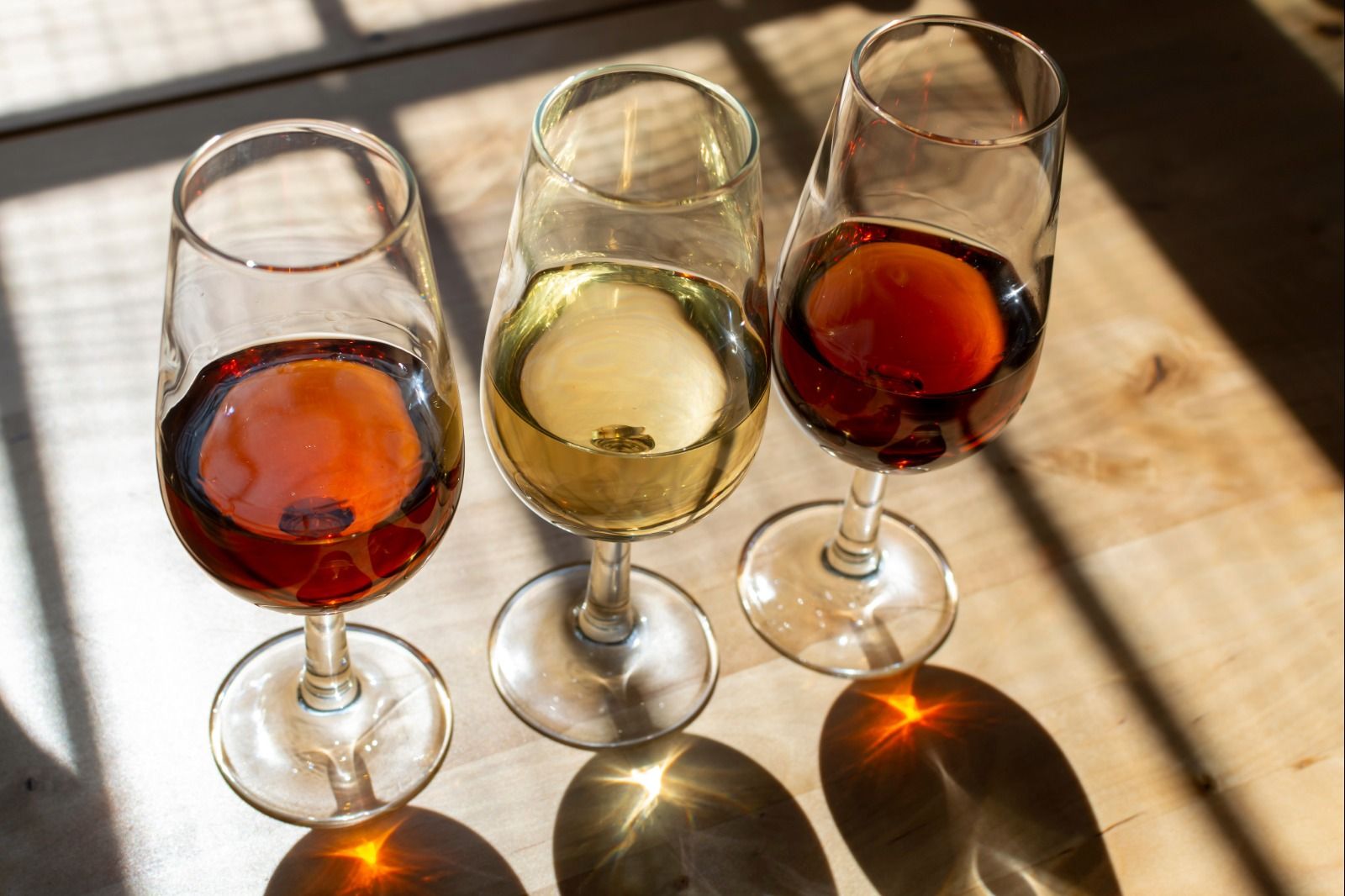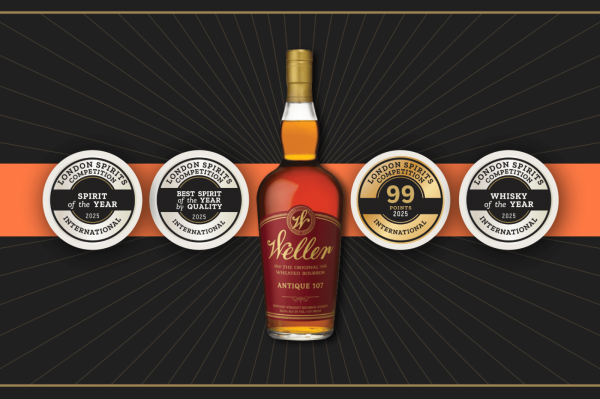
Your Business
From Old World to New Palates: Can Sherry Capture Today’s Drinkers?
05/11/2025 Sherry has always moved in cycles, rising to prominence, then quietly retreating. Drinks Merchants explores the trends driving this resurgence and how merchants tap into the momentum through education, innovation, and thoughtful pairings
Sherry has spent its fair share of time in the limelight as well as off-stage, depending on the market's preferences. As we move towards a market where provenance, narratives and authenticity matter to the consumer, the resurgence of sherry fits right in. Sherry—an umbrella term for all fortified white wines that originate from the Sherry Triangle region of Spain—is witnessing a revival in the beverage industry, offering fresh prospects for beverage directors, buyers and distributors. With styles ranging from dry to sweet, Sherry has long moved past the misconception that it exists only in sweet expressions, offering something to suit every palate. Its unique characteristics present a host of opportunities for those who are willing to explore and leverage them, through consumer education, novelty cocktails and exquisite food pairings. This article delves into the business of sherry, its distinctive selling points, and ways to utilize these for business advancement.
Unraveling the Mystique of Sherry
Sherry is not a monolithic wine but a spectrum of wines with distinct flavor profiles. Made majorly with Palomino grapes, followed by Moscatel and Pedro Ximénez varietals, all sherries are produced with green grapes only. Apart from being differentiated on the basis of their flavour profiles, sherries can also be divided on the basis of their aging process—whether they are oxidatively aged or biologically aged. Oxidatively aged sherries are what offer the more popular sweet style sherries, wherein the wine is allowed to interact with the atmosphere. These styles of wines are also built to last, allowing for shelving and enduring long periods of transit. On the other hand, biologically aged sherries—wherein the wine is protected with a layer of yeast—create some of the dryer styles of sherry. From sweet, rich Pedro Ximénez variety to light, dry Fino and Manzanilla, sherry caters to different tastes and food pairing preferences.
Another interesting point to note when it comes to sherry is the blending method employed, namely the Solera System. Compared to the usual batch blending or vintage aging systems, the solera system is a fractional blending method that aims to blend wines from various years to achieve a consistent mix. With barrels stacked one upon the other, the lowest barrel contains the most aged wine, while the top most barrel contains the youngest or the freshest wine. As you extract wine from the lowest barrel (also known as the solera), it is replaced with wine from the barrel above it (which is known as the criaderas). This craftsmanship infuses sherry with its unique taste and provides a compelling narrative that can be used to market the product, underscoring its authenticity and tradition.
Sherry: The Highlight of Food and Drink
Sherry's adaptability to various food pairings is one of its prime selling points. Whether it's tapas, seafood, desserts, or cheeses, there's a sherry type that enhances each dish. The Sherry Council has a rule of thumb that works quite well for beginners learning to pair their sherry with food. The mnemonic goes: If it swims- Fino or Manzanilla; if it flies- Amontillado or Palo Cortado; if it runs- Oloroso.
The basic idea is to pair light and dry wines like Fino or Manzanilla with seafood (which is typically paired with white wines) as the fresh and dry quality of the wine helps balance out the umami flavours of seafood. Amotillado and Palo Cortado work best with bird meat. Slightly more aged than Fino, these wines possess certain characteristics from oak aging, their nutty aromas and dry, spicy and woody flavours pairing well with chicken or turkey meat and the likes. Finally, Oloroso is often paired with beef, pork or lamb and even mature cheeses like gruyere (dishes typically paired with reds). The aged and oxidative quality lend to a rich mouthfeel, typically a wine best suited for main courses and rich meals.
Sherry isn't limited to food pairings; it's carving a niche in the cocktail arena as well. Bartenders are using sherry to craft innovative cocktails, with its lighter and dry styles pairing perfectly with citrus cocktails, while their sweeter varietals can also substitute sweet vermouth in cocktails. Some notable sherry cocktails include the Sherry Cobbler, Sherry Negroni, Sherry Valenc and more. Its complex flavor profiles lend depth and uniqueness to their concoctions, showcasing this versatility can further bolster the demand for sherry. Sharing this knowledge with consumers can enrich their gastronomic experience and stimulate sherry demand. Conducting tasting events that highlight these pairings can serve as an effective sherry promotion strategy.
Professional Insights: Leveraging the Sherry Narrative
For beverage directors, buyers, distributors, and operators across the UK and Europe, Sherry’s renewed momentum offers a timely opportunity to engage consumers through authenticity and storytelling. Here’s how industry professionals can make the most of this revival:
1. Lead with Education
Build consumer confidence and staff expertise through focused education. Host tasting sessions, workshops, or Sherry-paired dinners that highlight the diversity of styles—from crisp, dry Finos to rich, sweet Pedro Ximénez. The more consumers understand the range, the more value they’ll attach to each glass.
2. Sell Through Storytelling
Sherry’s heritage, craftsmanship, and sense of place are compelling marketing tools. Frame your offering around the artistry of solera aging, generational bodegas, and the region’s deep-rooted winemaking culture. When buyers and consumers connect emotionally with the story behind the bottle, price becomes secondary to perceived value.
3. Drive Discovery Through Cocktails
Collaborate with bartenders and mixologists to modernise Sherry’s image. Signature serves and Sherry-based cocktails can introduce the category to younger audiences and on-trade menus, while encouraging trial and repeat purchase across retail channels.
In conclusion, venturing into the business of sherry involves understanding its unique characteristics, leveraging its versatility in food pairings and cocktail creation, and educating consumers about its tradition and craftsmanship. By doing so, one can ride the wave of sherry's growing popularity and unlock new opportunities in the beverage industry













